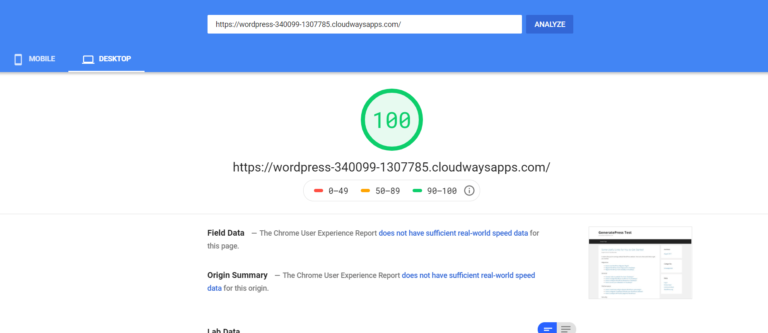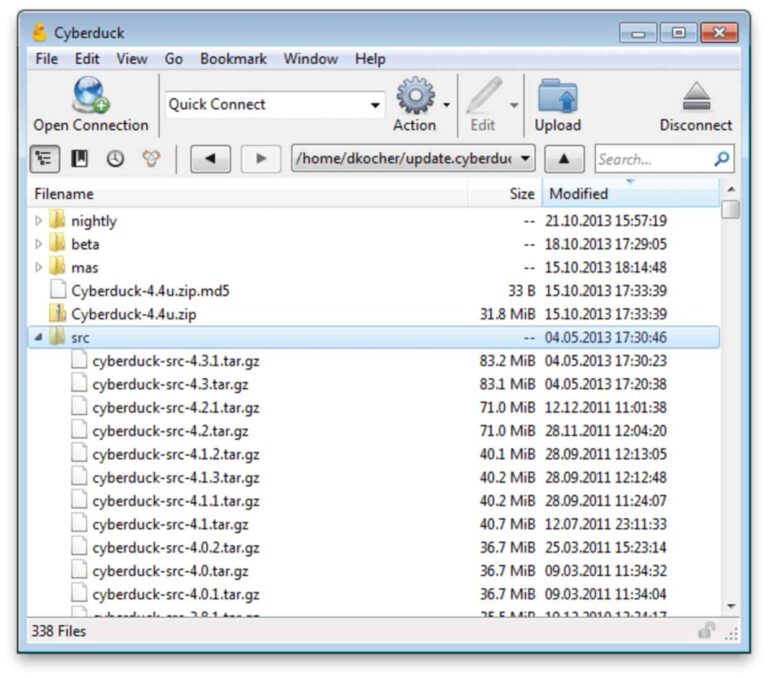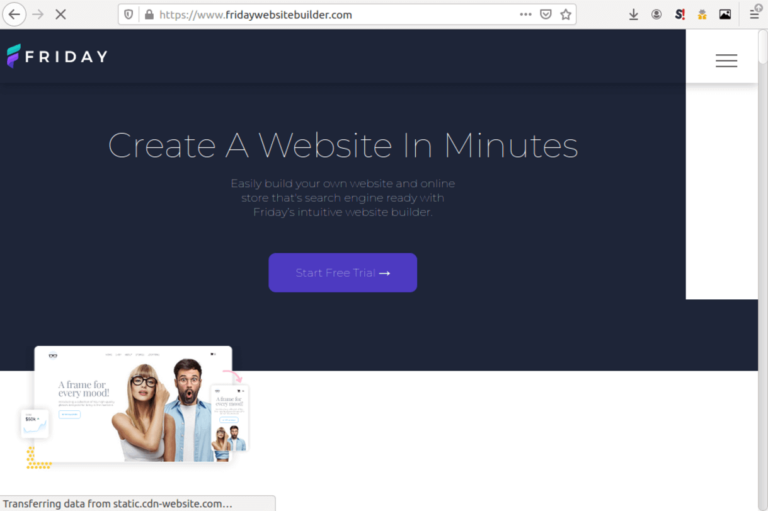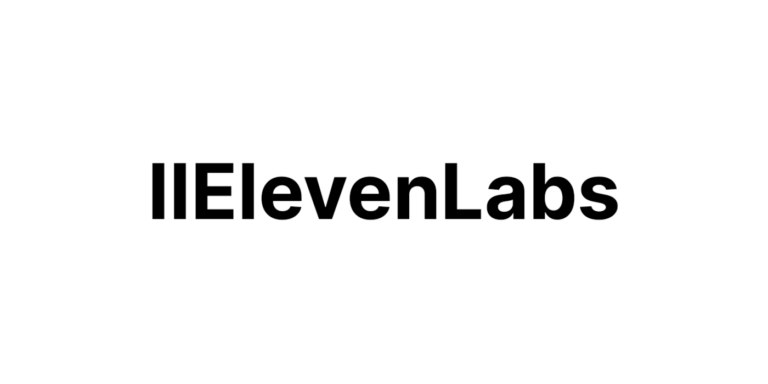Google PageSpeed Insights: Facts Vs Fiction

Google PageSpeed Insights (PSI) is one of the most popular website speed testing tools. It is developed by Google and makes use of Google’ open-source Lighthouse metrics to score websites for mobile and desktop devices. The score awarded can be anywhere from 0 to 100. A bad score will be shown in red, average score in yellow and a good score in green.
While this tool is great for optimizing websites, there have been many misconceptions about it. Probably because it is an official tool from Google.
In this article, I will look at some truths and lies about Google PageSpeed insights. This should be helpful to readers in their SEO and online business pursuit.
1. Does Google use PageSpeed insights score for ranking, the higher your score, the higher your rank?
- No, it is not true
Google PageSpeed insights is not an examination. Where students go to sit and write. At the end of the day, results are released, the students with most score come top in the class. That is not how Google PageSpeed Insights work.
This fiction that the higher you score in Google PageSpeed insights score, the better your rank, is very misleading and definitely not true.
If you have any doubt you can test it. Simply go on Google, search for any term you like, for example, “how to do SEO,” then copy the links of the top 10 results and run a test through PageSpeed insights. You will find that higher PageSpeed score does not mean higher search ranking.
2. Can Google PageSpeed Insights help improve SEO and ranking?
- Yes, it can help!
Google has long ago announced that Speed is a ranking factor. And they have also indicated that Core Web Vitals will become part of their ranking signals. If you follow the recommendations given by PageSpeed Insights, you can improve your page speed and web core vital metrics, and this will play a part in helping improve your ranking.
One thing that Google PageSpeed insights can help you with, is to help optimize your website. And in the process of optimizing your website, you reap many SEO benefits.
Apart from helping you improve your speed, following the recommendations that are given by Google PageSpeed insights can help you improve your site’s user experience and more
Please note that speed is just one of the ranking signals used by Google. There are many other signals. Speed alone will not land you on the first page.
3. I have a 100/100 score, should I relax and wait for organic traffic to start running to my site?
- No, do not
The truth is that Speed is just one part of the ranking signal. There are many others. Having a fast website is not enough, you need quality contents, credible backlinks, originality, a secure website and so much more.
Think about it like a home. The door alone does not make the home. You gonna need roof, floor, chairs and you are gonna need people and so much more.
SEO is beyond speed. It’s way deeper than that.
4. Getting 100/100 on Google PageSpeed Insights score is a must
- No, don’t get obsessed.
Google is not expecting you to score 100. Here is what Google’s lighthouse say:
To provide a good user experience, sites should strive to have a good score (90-100). A “perfect” score of 100 is extremely challenging to achieve and not expected. For example, taking a score from 99 to 100 needs about the same amount of metric improvement that would take a 90 to 94.
Use the recommendations given by PageSpeed Insights to improve your website but do not get obsessed with getting 100/100. You are wasting your time. Here are three reasons why you are wasting your time.
1. If you are monetizing your site with Google AdSense or similar ad networks, getting a 100/100 score is a dream. Unless you have to take off the Ads. And then make no money from your site. If the goal of your site is to drive revenue, then don’t get obsessed with scores. Improve your site as much as you can, then focus on other things.
2. There may be important features of your website that you need to remove to get 100. Would it be okay sacrificing them? Your site may rely on certain JS functionality or anything else that is influencing the scores. As long as your site is loading fast, then focus on other areas of growing your site.
3. Finding balance. The only perfectly fast website is an empty website with nothing on it at all. As long as you have contents, it will take time to deliver those contents. Find a balance between speed and other section of running your website to be productive.
5. Getting Core Web Vitals (LCP, CLS or FID) errors in Search Console but seeing green in PageSpeed Insight test
- It is very possible for a reason
The three Core Web Vitals metric that will be part of Google Search ranking signals are Largest contentful paint (LCP), Cumulative layout shift (CLS) and First input delay (FID). These three are already part of Google search console. Depending on how your site performs, you can get an error, average and excellent feedback in Search console dashboard.
Improving these three metrics can be difficult. You may find that in your PageSpeed Insights test, you have green for the three metrics but in the field data, you are still failing.
The truth is that the lab data is not accurate. It is just an estimate of how lighthouse’s bot view your site at that point.
How the users view your site may be different. The field data is a real-world user experience. The report on your search console is a reflection of real user data.
The reason for this is that if you have a lot of users from locations with poor internet connections, it will definitely affect your Core Web Vitals.
6. Web hosting affects Google PageSpeed Insights score
- Yes, it can
A bad web hosting is bad for you. There is no other way to look at it. You cannot wear a new dress on a very dirty body and expect to smell good. Exactly the same way that you cannot use a slow web host and expect a fast website.
I have seen improvement in PageSpeed Insights metrics by moving a site from a terrible web host to a better one.
Shared hosting are good for starters but as you grow, it may become slow.
The advice is to get a fast and stable web host using a good stack and deploying on good infrastructure. An example is Kinsta. Which makes use of Google Cloud platform and is officially recommended by Google Cloud for managed WordPress hosting. Cloudways and 10Web are also known to be fast and reliable.
There are other good web hosts out there. Confirm their stack and what infrastructure they are using.
7. Theme can affect PageSpeed Insights score
- Yes, it’s possible
There are too many poorly coded themes. So many bloated themes. Using a bad theme is a disadvantage not just for speed but for your SEO.
You should get on a clean, lightweight and well coded and optimized theme. If you have failed many tests in PageSpeed insights, you can view the results and see how many of them can be traced to your theme.
There are many good themes out there. Two of them stand out. GeneratePress and Astra. You can get these or any other good theme if your theme is bad.
8. Plugins can affect PageSpeed Insights score
- Yes, very possible
Resource intensive plugins are a big culprit. If you have a fast website and a fast theme but still having PageSpeed insights issues then it may be time to look at the plugins that you are using.
Plugins with too many JS files or that makes too many http/https requests are a big suspect.
9. Google AdSense can affect PageSpeed Insights score
- Yes
Google AdSense can make you money, but it can also slow down your website. The biggest issue you will notice from AdSense is a low CLS issue. Sites with Adsense should not expect a perfect score on Google PageSpeed insight.
But there are ways that you can optimize a site with AdSense for speed. Reduce the number of ads per page, Implement ads lazy loading and use auto ads instead of manual placements.
10. How does Google PageSpeed Insights calculate website score?
- Using various metrics
The score you get on PageSpeed insight is not directly because of your website loading time. There are many metrics in consideration.
The lighthouse metrics that is use for scoring includes:
- FCP (First Contentful Paint)
- SI (Speed Index)
- LCP (Largest Contentful Paint)
- TTI (Time to Interactive)
- TBT (Total Blocking Time)
- CLS (Cumulative Layout Shift
The metrics for scoring may change but lighthouse has a page dedicated to how websites are scored. You can also use the scoring calculator to see how it works.
11. CDN can improve PageSpeed Insights score
- Yes
A Content Delivery Network (CDN) help speed up the delivery of a website by storing a cached version of the website in different locations for fast access to users in different locations.
Using a CDN can help improve the field data of PageSpeed Insights with time. As your real-world users will be able to load the site faster and this will improve your field data.
You can even use a free CDN like Cloudflare to speed up your site. Google Cloud CDN is the fastest premium solution.




